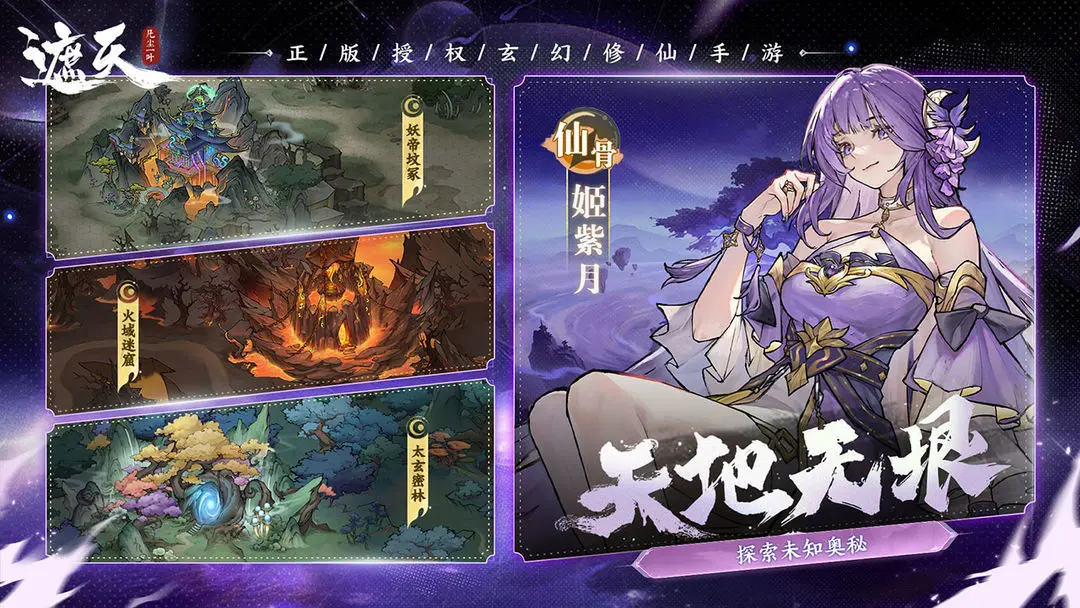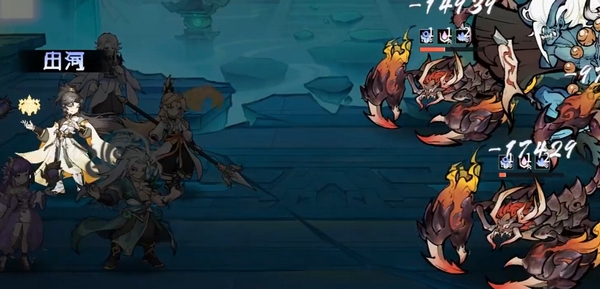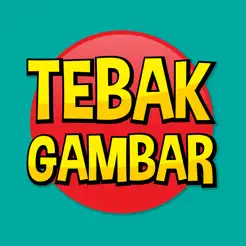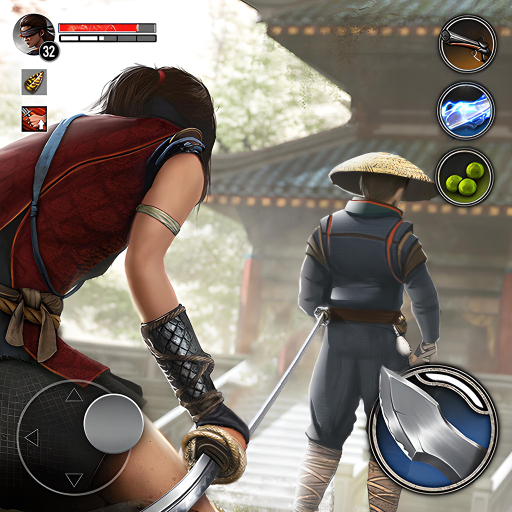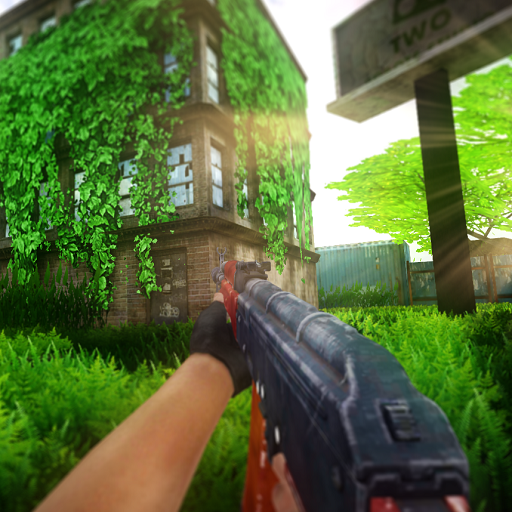Today, I'm bringing you the content on how to use the meridian chart in Jianghu 2. In the martial arts growth system of Jianghu 2, the meridian system is one of the core ways to enhance a character's strength. The proper use of the meridian chart directly affects the character's attribute bonuses and the effectiveness of martial arts. From activating the basic meridians to the advanced application of the Ren and Du meridians, every step is closely related to the character's growth path. Players need to gradually explore and master the complete usage of the meridian chart. Let's take a look together.
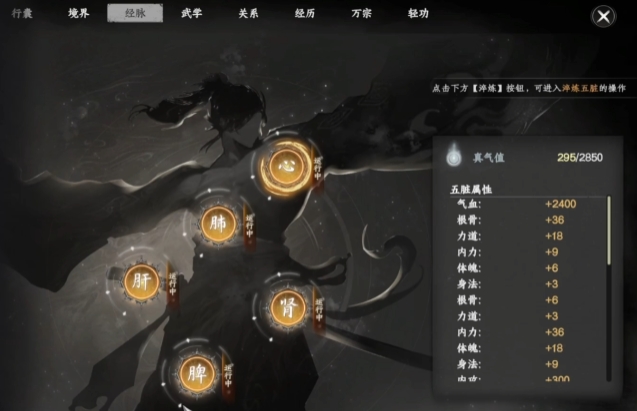
The activation of meridians follows a progressive rule. There are 8 meridians in the game, with the first 6 being branch meridians. The Ren and Du meridians, as high-level meridians, can only be unlocked after all branch meridians are activated. The conditions for activating branch meridians vary. Some are linked to the progress of main quests and automatically unlock upon completing specific plot points. Others require meeting certain numerical conditions. After accumulating enough Mo School points, players can go to the top of Longshe Fort and interact with the mechanical puppet to advance the process of opening the corresponding meridian. These prerequisites guide players to develop evenly while exploring the world, accumulating conditions for meridian activation through completing tasks and improving knowledge.
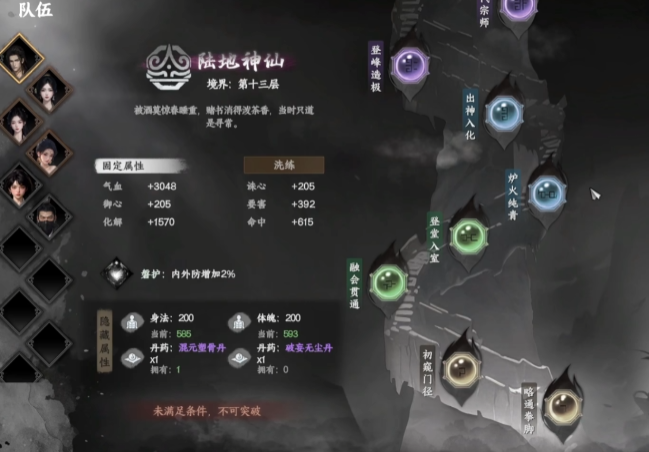
Once all branch meridians are activated, the meridian system interface will unlock a new interactive entry. Clicking on the Tai Chi icon in the middle of the interface will bring you to the exclusive interface for the Ren and Du meridians, initiating a higher level of attribute enhancement. Each node in the meridian has an attribute refinement function. Players can adjust the node attributes by consuming techniques or scrolls. Different mental methods affect the tendency of attribute terms during refining; some mental methods are more likely to refine yang attribute terms, while others tend to provide soft attribute bonuses.
The core function of the Ren and Du meridian interface lies in the configuration of mental methods. There are 4 slots for mental methods in the middle of the interface. Players can place different mental methods according to their needs. The configuration of mental methods directly affects the strength of attribute bonuses. It is generally recommended to place the mental method with better numerical performance in the main slot, and choose high-value mental methods for auxiliary slots to maximize the bonus effect. The complementary attributes between mental methods also need to be considered. Pairing a main mental method that boosts attack with an auxiliary one that enhances defense can form a balanced attribute combination. This configuration method deeply links the meridian system with the mental method system, allowing players to adjust the mental method combinations to fit different combat scenarios.
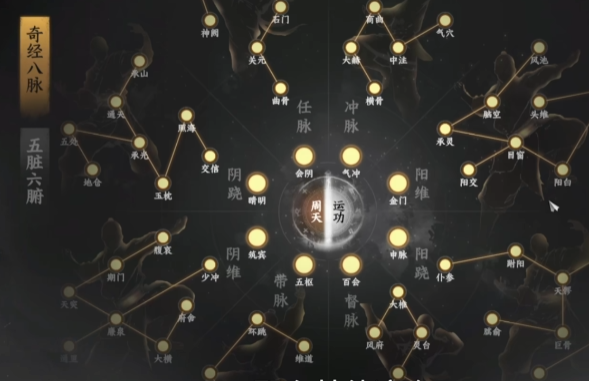
The unlocking of attributes through the Zhou Tian cycle is not completed in one go but expands dynamically as the character grows. Every time the true qi limit is increased or a new meridian node is unlocked, running the Zhou Tian cycle again may reveal new attribute terms. This design encourages players to regularly review the meridian system and adjust connection strategies in line with the increase in character strength. Whether it's the accumulation of basic attributes in the early stages or the unlocking of special effects later on, the Zhou Tian cycle function provides continuous growth space for the meridian system, making the use of the meridian chart run through the entire process of character development.
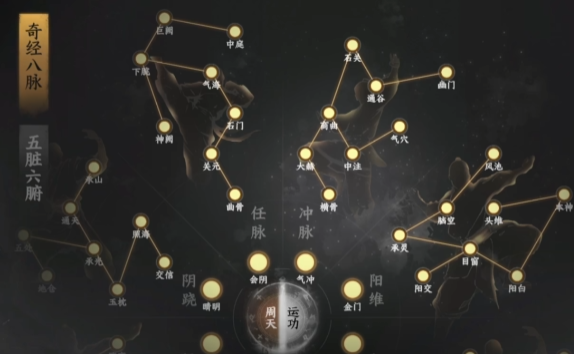
The content on how to use the meridian chart in Jianghu 2 has been introduced. The use of the meridian chart combines exploration, nurturing, and strategy. From the activation of basic meridians to the advanced operation of the Zhou Tian cycle, each stage requires players to operate based on their own development plans. Proper use of the meridian chart can improve the character's basic attributes.
